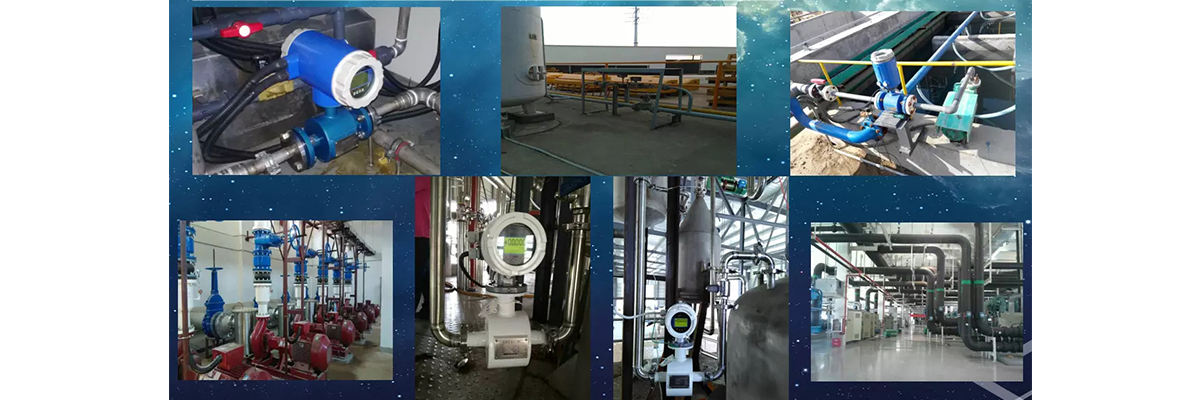
Installation of ultrasonic flowmeter
Release time:2020.04.21
1. Select the installation pipe section
In order to ensure that the ultrasonic flowmeter can effectively pass the installation process and obtain the ideal measurement results, it is first necessary to select a suitable installation pipe section. It should be noted that the following two situations must be avoided when selecting the pipe section, namely eddy current and interference, these two situations will have a serious adverse effect on the measurement accuracy.
In addition, the selection of the pipe section also needs to meet the following requirements: avoid areas with strong magnetic fields, or places that can cause vibration interference, such as: water pumps, frequency conversion, etc .; the actual difference between the inner diameter of the flowmeter and the upstream and downstream straight pipes is at the flow rate The internal diameter of the meter itself is less than 1%. It should be noted that generally its value needs to be controlled below 5mm.
The upstream and downstream areas close to the flowmeter should select a straight pipe section with a length that meets the standard, while ensuring that the upstream exceeds 10D, and the downstream generally exceeds 5D; the area where the sensor is installed must ensure that the pipeline is full, otherwise it will cause the ultrasonic signal to be blocked. It is difficult to perform installation and accurate measurement.
In addition, it should also be noted that it is strictly forbidden to install directly in the downstream area of the device that is easy to cause pressure drop, including: inserting the device, expanding the diameter, etc. This is mainly because when the pressure in the pipeline liquid drops, it will start to release gas and bubbles , So that the gas originally contained in the liquid increases, at the same time the signal strength will continue to decline, and the noise will increase. When selecting the pipe material, it is necessary to ensure that the material is uniform, so that the ultrasonic transmission can be effectively carried out, such as removing scale and rust on the surface of the pipe, so as to ensure that no bubbles will appear on the surface of the pipe when it comes into contact with the transducer.
When the pipeline paint is very dense and dense, it does not need to be completely removed, only to ensure that its surface is smooth and flat. In addition to the above, you should also check whether the pipe diameter is the same as the instrument programming. When installing in vertical pipelines, the installation is generally selected from the bottom up, but if the site conditions do not allow, you still need to install in order from top to bottom, for this case, you must ensure that the pipeline back pressure , While ensuring that its internal liquid is full.

2. The specific method of installing the sensor
When installing the probe, you can generally choose two different methods such as V or Z. For small pipe diameters, the V method is generally selected. This method has the following advantages during use: easy operation, more accurate measurement results, etc., and its pipe diameter measurement range needs to be controlled between 25 to 400 mm. In the actual installation process, it should also be noted that the probes on both sides should be kept in horizontal alignment.
If the pipeline is thick, or the lining is thick, and the liquid contains suspended solids, in such cases, the V method cannot be used to obtain a good signal during installation, which makes the machine difficult to operate normally. Therefore, the Z method is required for installation . When the Z method is selected for operation, the pipe diameter range needs to be controlled at 100 to 3000 mm. However, in actual installations, generally pipes over 300mm will be installed by the Z method.